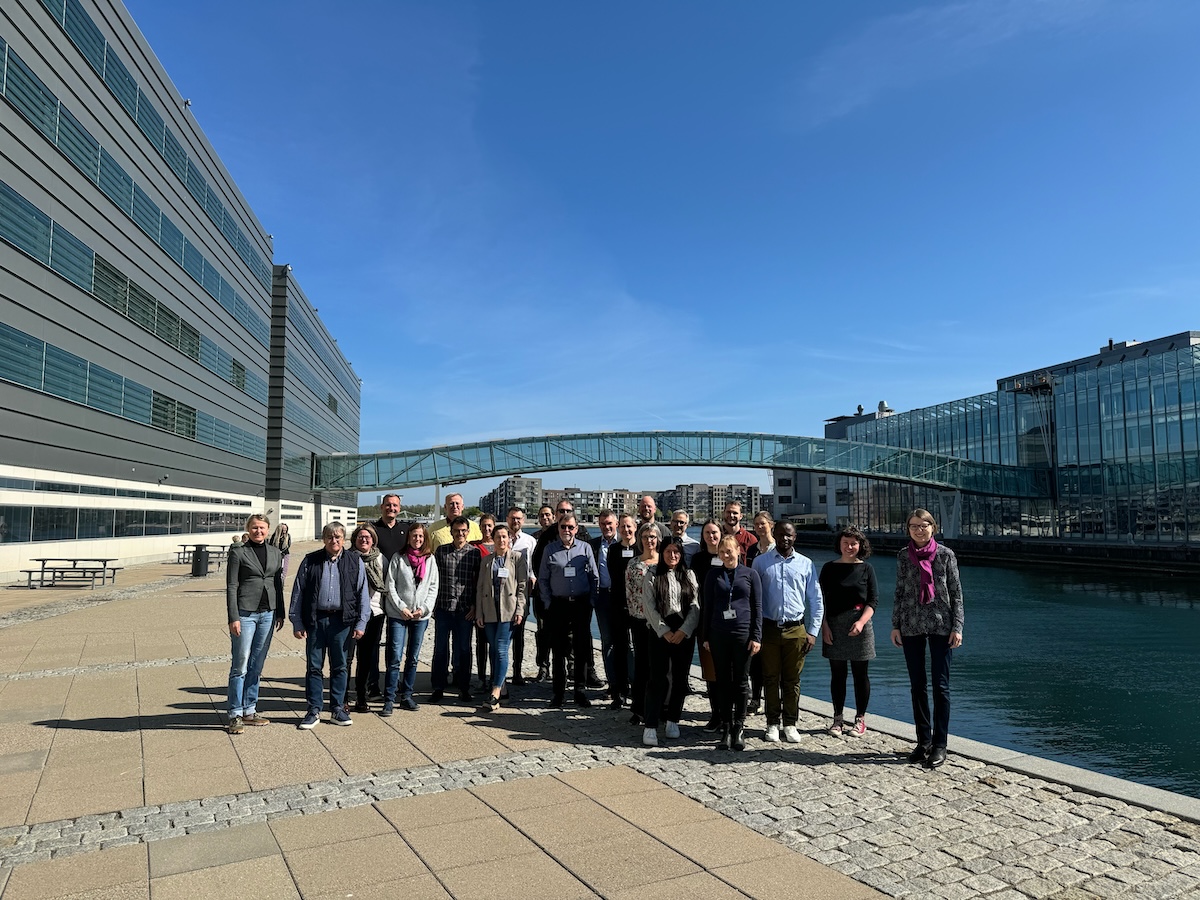AquaINFRA News
AquaINFRA Hosts a Joint Case Study Meeting in Copenhagen
May 7th, 2024

The recently concluded Joint Case Study Meeting, held from May 6th to May 8th, 2024, at the AAU campus in Copenhagen provided an opportunity for collaboration and knowledge exchange among more than 30 participants.
The purpose of the meeting was to focus on the 4 AquaINFRA case study regions: The Mediterranean Sea, the Baltic Sea, the North Sea and Pan-European.
These practical case studies demonstrate real-world applications and the impact of the AquaINFRA services, and a central aspect of the workshop was to achieve an overview on how to proceed within the case studies – including how to enable synergies across the case studies. Another overall goal of the workshop was to get an overall list of data to be accessed via the AquaINFRA Data Discovery and Access Service (DDAS) – including marine and freshwater as well as the socio-economic dimension. Finally, also an initial overview regarding workflows and new models to be developed within the project should be an outcome of the workshop.
The first part of the program included presentations from each of the case studies, focusing on data needs, challenges, and solutions. This was followed by a presentation on the interim results of a survey on capacity building materials and user needs as well as the materials available so far, which provides the basis for the further discussion and development to support the needs within the project as well as the initial identification of needs for materials to be developed to reach the various target audiences.
The workshop featured presentations on the AquaINFRA approach to socioeconomic data, and introductions to the AquaINFRA platforms, including the Data Discovery and Access Service (DDAS), AquaINFRA Interaction Platform (AIP) and the virtual research environment (VRE) Aqua Galaxy.
In addition to physical attendance, an online session was conducted on Tuesday 7th May from 13:00 to 14:30. Dr. Markus Konkol from 52North introduced the first version of the AquaINFRA Interaction Platform (AIP), followed by a guided exercise enhancing practical understanding and application. The AIP is a key output of the AquaINFRA project and will serve as the central gateway, linking aquatic scientific communities with EOSC and AquaINFRA resources.
We extend our gratitude to all participants, organisers, and partners for their invaluable contributions to the success of the Joint Case Study Meeting.

Four AquaINFRA Case Study Regions

Presentations during the workshop

